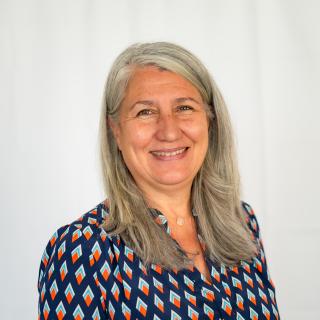A Few of Our Favorite Things to Support Preschoolers’ Home Learning
December 3, 2020
During these times of limited access to in-person preschool classrooms, families are searching for ideas to support their children’s learning at home. Many websites have been created and some adapted to address remote learning including Common Sense Media’s Wide Open School that includes links to preschool-specific resources and virtual field trips and support in creating daily and weekly plans.
NIEER’s recent survey of home learning activities raised concerns about a decline in shared book reading in the home at the same time many children are missing out on face-to-face preschool. As young children benefit greatly from engaging in hearing a book read and discussing it with an adult daily, we have some suggestions to help support parents in this activity. With many libraries closed, families may need to consult websites for additional book titles (see Worldreader’s curated library in multiple languages); access to these books and others include recorded readings (see Storyline Online, Audible, and to view videos of astronauts from the Space Station reading books go to Story Time From Space); and ideas to create activities that extent the shared reading (KidLit hosts readings of children’s picture books and connected crafts and activities). There are also supports for dual language learning (see Enuma’s Todo English) and access to books written in multiple languages (see StoryWeaver).
There is no shortage of wonderful books for young children, but parents search of recommendations can visit NPR’s 100 Favorite Books for Young Readers. In addition, a few of the NIEER faculty’s favorite titles include:
- Ada Twist, Scientist, by Andrea Beaty (author) and David Roberts (illustrator)
- How Raven Stole the Sun, by Maria Williams (author) and Felix Vigil (illustrator)
- Inch by Inch, by Leo Lionni
- Island Born, by Junot Diaz (author) and Leo Espinosa (illustrator)
- The Color Kittens, by Margaret Wise Brown (author) and Alice and Martin Provensen (illustrators)
- The Girl Who Thought in Pictures: The Story of Dr. Temple Grandin (Amazing Scientists), by Julia Finley Mosca (author) and Daniel Rieley (illustrator)
- The Name Jar, by Yangsook Choi
- The Smallest Girl in the Smallest Grade, by Justin Roberts (author) and Christian Robinson (illustrator)
- The Snowy Day, by Ezra Jack Keats
High-quality preschool programs are comprehensive and address all areas of child development. Great resources with math and science activities for preschoolers can be found at Bedtime Math and Happy Numbers while First 8 Studios addresses science. Mathical has identified children’s literature that includes math concepts. Physical movement ideas can be found at GoNoodle.
Finally, parents can access several free, easy to use guides to learning activities that can be done at home. The PNC Foundation’s (a financial supporter of NIEER’s home learning activities survey) signature initiative, PNC Grow Up Great®, provides a collection of everyday learning tips and educational resources for parents (www.pncgrowupgreat.com). Other examples include the U.S. Department of Education’s Helping Your Preschool Child; the NYC Department of Education’s Learn at Home: Early Childhood Instructional Resources; and NAEYC’s Tips for Spending Quality Time with Your Child.
The Authors
GG Weisenfeld is a Senior ECE Policy Specialist at the National Institute for Early Education Research (NIEER) at Rutgers University, Graduate School of Education.
About NIEER
The National Institute for Early Education Research (NIEER) at the Graduate School of Education, Rutgers University, New Brunswick, NJ, conducts and disseminates independent research and analysis to inform early childhood education policy.

